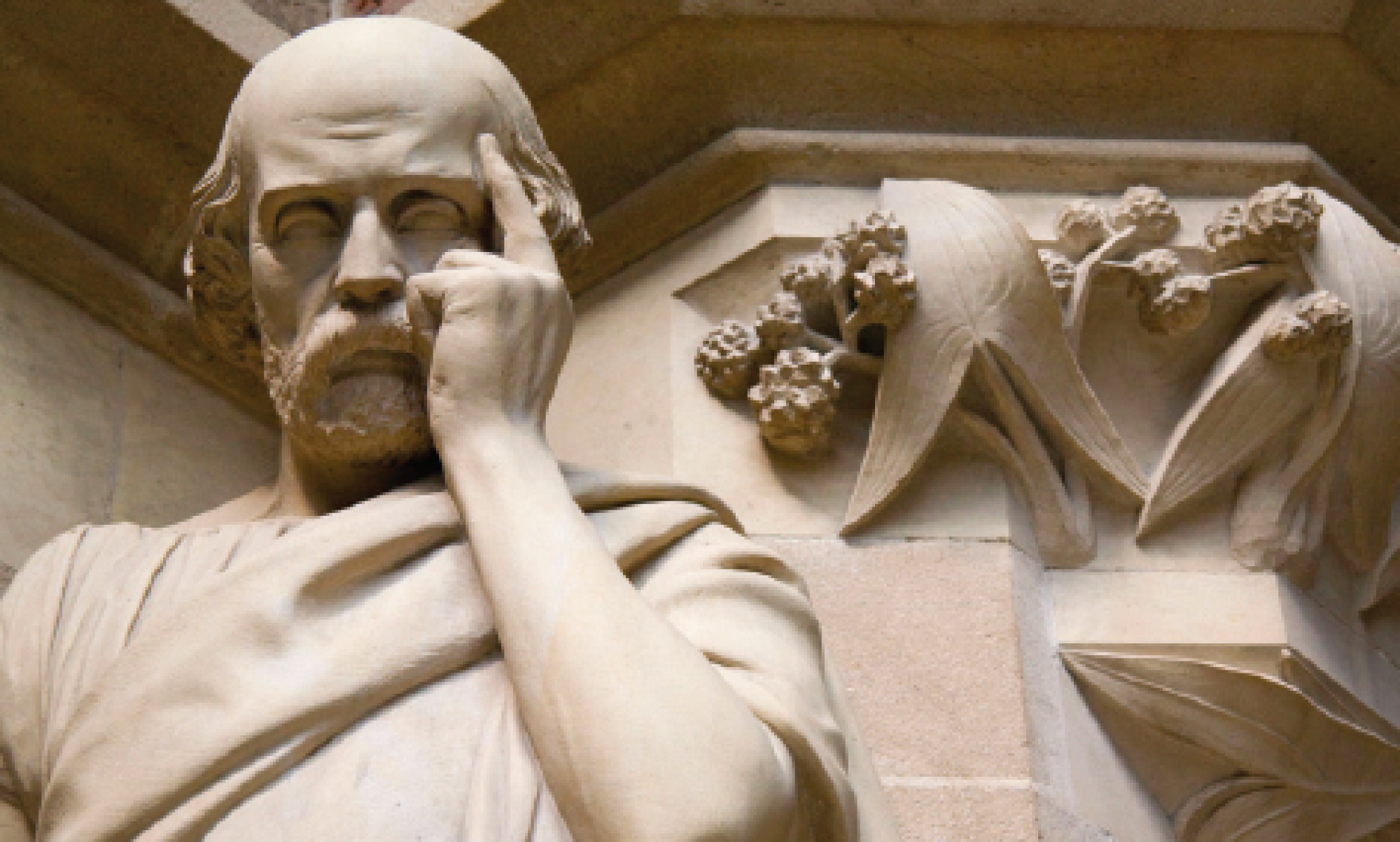Thomas Piketty’s Capital in the Twenty-First Century comes under fire from Hernando de Soto in his “The poor against Piketty.” De Soto is the author of The Mystery of Capital. Having devoted his life to extolling the virtues capital, he is not happy with Piketty’s argument that capitalism produces unsustainable inequality. According to De Soto, Piketty’s “political” thesis is “clearly wrong.” This he knows because of field research he has done on Arab revolutions. Right here, red flags should go up for the reader. If there is one thing that has been a constant in De Soto’s career it is his remarkably ability to say things that are absolutely of a piece with neoliberal economic orthodoxy while appearing to derive his findings from empirical research. His work on the informal economy in Peru, on indigenous peoples, and now on Arab revolutions always arrive at the same conclusions. These conclusions are presented as the findings of a Third World researcher, un-blinkered by Eurocentric categories. They just happen to align perfectly with the thinking of the World Bank and Chicago School economics.
So the main point De Soto wants to make is that the poor in countries like Egypt and Tunisia are really bustling entrepreneurs who have substantial capital (mainly land and real estate) even though these assets are not part of official accounts because they are in the informal sector. De Soto claims that Egyptian “workers” (scare quotes in original) own $360 billion in assets. This fact was discovered by his team of 120 Egyptian researchers working at the request of the Egyptian Minister of the Treasury. With his flair for the dramatic, De Soto (or his researchers) interviewed half of 37 self-immolators who (like Mohamed Bouazizi) burned themselves in protest against the expropriation of their capital, thereby sparking the Arab “revolutions.” For De Soto these revolutions are Industrial Revolutions—i.e. processes driven by entrepreneurs who are struggling for capital. In other words, violence is not caused by capitalism but by the oppressive deadweight of the state which does not allow informal capitalists to thrive. Thus, as expected, De Soto’s findings are exactly the same as in all his previous researches: capital is the solution not the problem, workers are actually entrepreneurs, development is held back by the inability of people to build and protect their capital.
De Soto seems utterly blind to the fact that there is a big difference between a small entrepreneur (read: worker) and a large entrepreneur (read: corporations) and that one of the most important differences is their relationship to the state. In many countries, both in the “West” and in the “Third World”, corporations (both national and increasingly multinational) have substantial structural power over states. A nice example from De Soto’s Peru is provided by UBC doctoral student Zarai Toledo, who recently visited Tambogrande, in the north of Peru just outside Piura. In 2002 Tambogrande held a popular consultation (referendum) on whether to accept a proposal by the Canadian Manhattan Minerals Corporation to start a gold mine in the area. The result was an overwhelming 98 percent “No.” The Peruvian government, after years of resistance, decided to cancel the project (leading to an unsuccessful lawsuit by Manhattan). Since then, 70 referenda on extractive projects have been held, involving 700,000 people from Guatemala to Argentina.
But the interesting thing about Toledo’s analysis is that she looks at what has happened in Tambogrande since the referendum. It turns out that Tambogrande is doing very poorly by comparison with the rest of the region. Half the children are anemic, water is scarce, dengue has spread, and young people are leaving in search of work. Predictably, De Soto argues that the rejection of formal mining has led to informal mining, which shows that people everywhere want to be entrepreneurs as long as they benefit directly. In fact, there is not a lot of informal mining in Tambogrande—most of it is happening elsewhere in the region (Suyo, Sapillica, Lomas and Paimas). Toledo shows that the real problem facing Tambogrande is neglect by the state. Since the Manhattan project was rejected, local authorities have been unable to extract resources from the central government, which has no interest in promoting the local economies that are not associated with extraction. Tambogrande remains heavily dependent on agriculture, which remains the backbone of the economy. Informal mining attracts migrant workers in certain periods when demand for agricultural labor is low. Just as in the past, when state policy focused on import substitution industrialization and neglected agriculture, today agriculture is neglected by a state that is single-mindedly interested in promoting extraction.
Capitalism generates inequality both directly (pace Piketty) and indirectly (through the structural power of capital over the state). De Soto’s utopia of competitive markets in which everyone is an entrepreneur and everyone can get ahead is just that. A neoliberal utopia.
